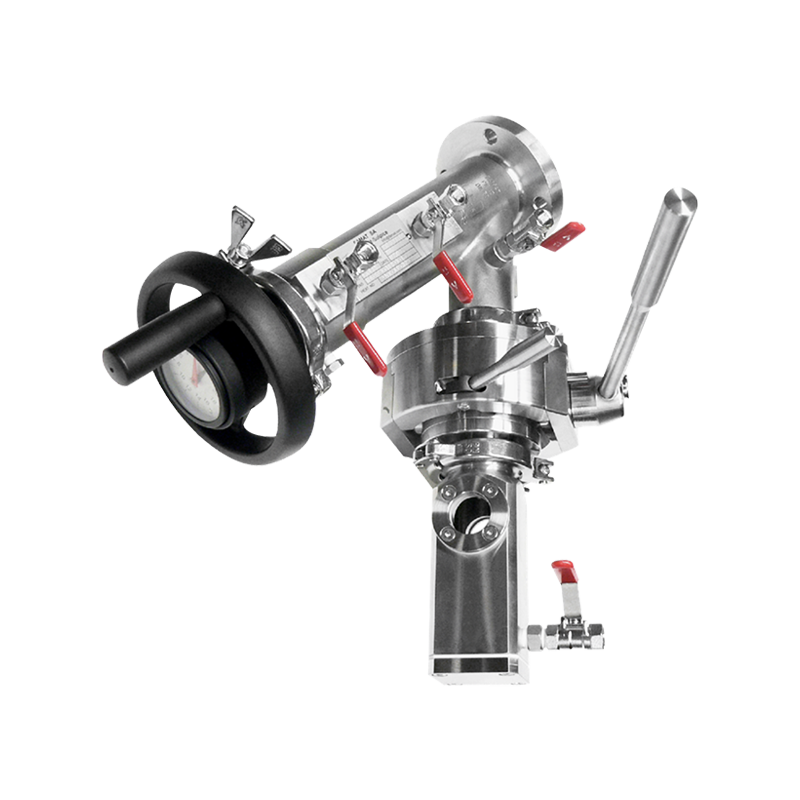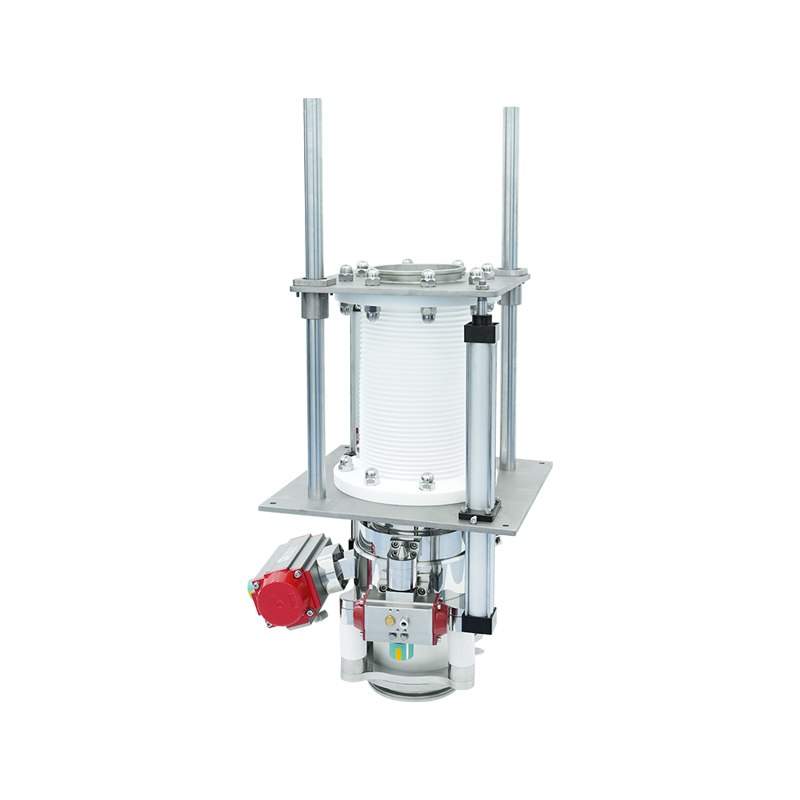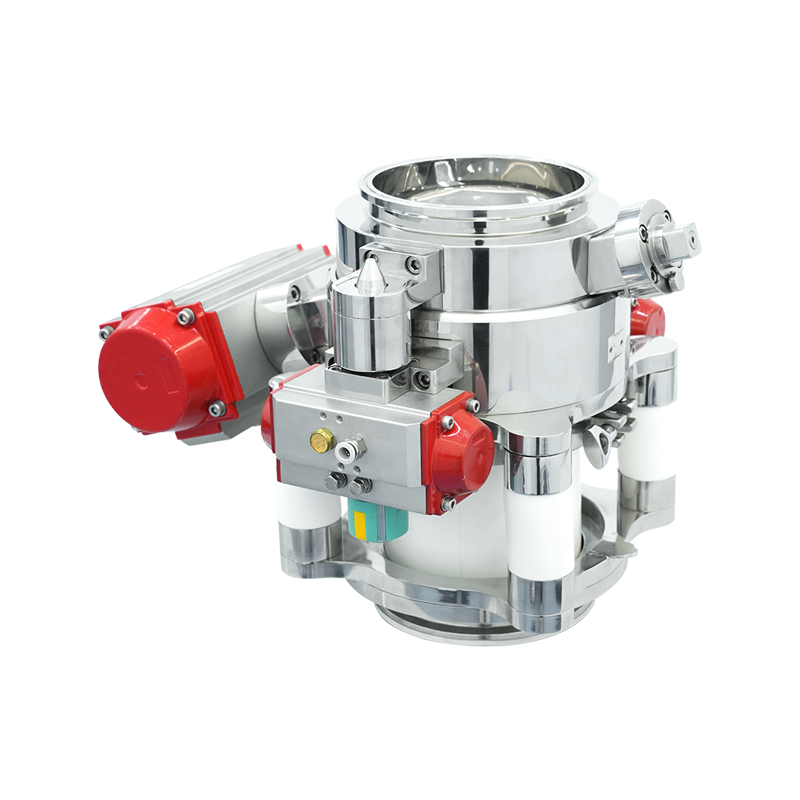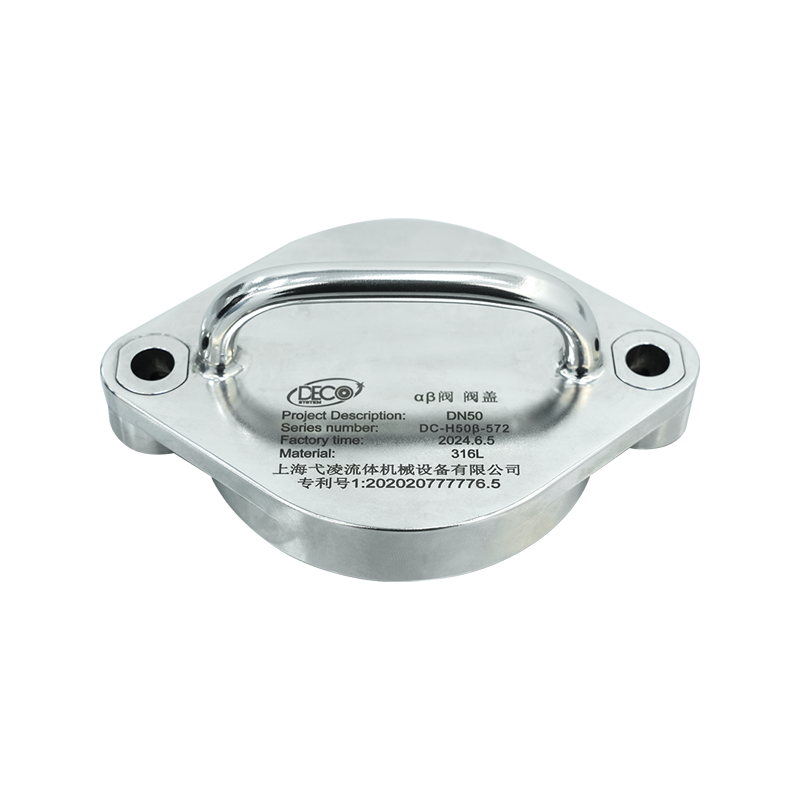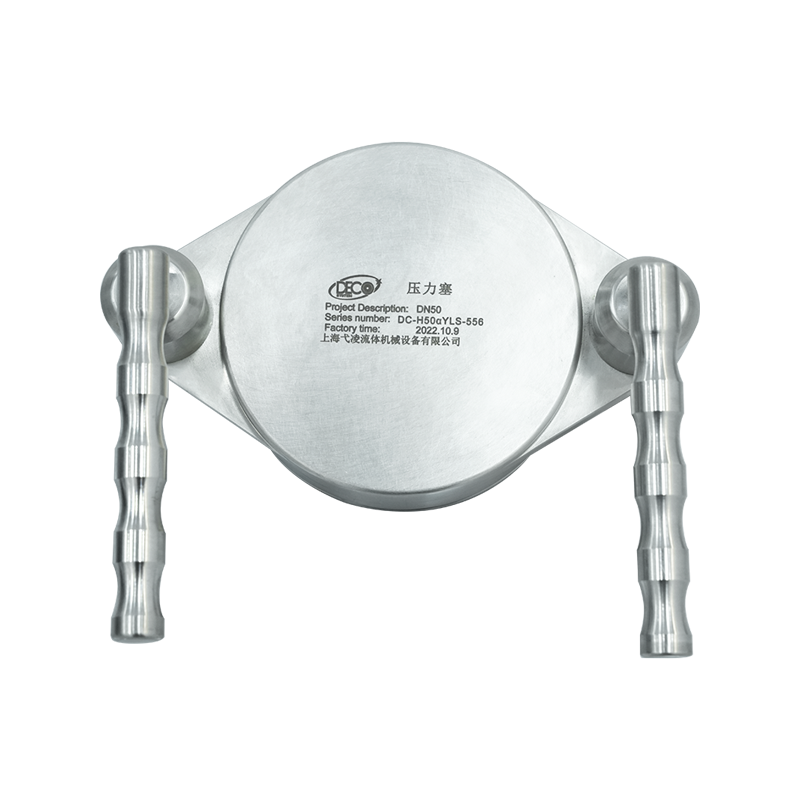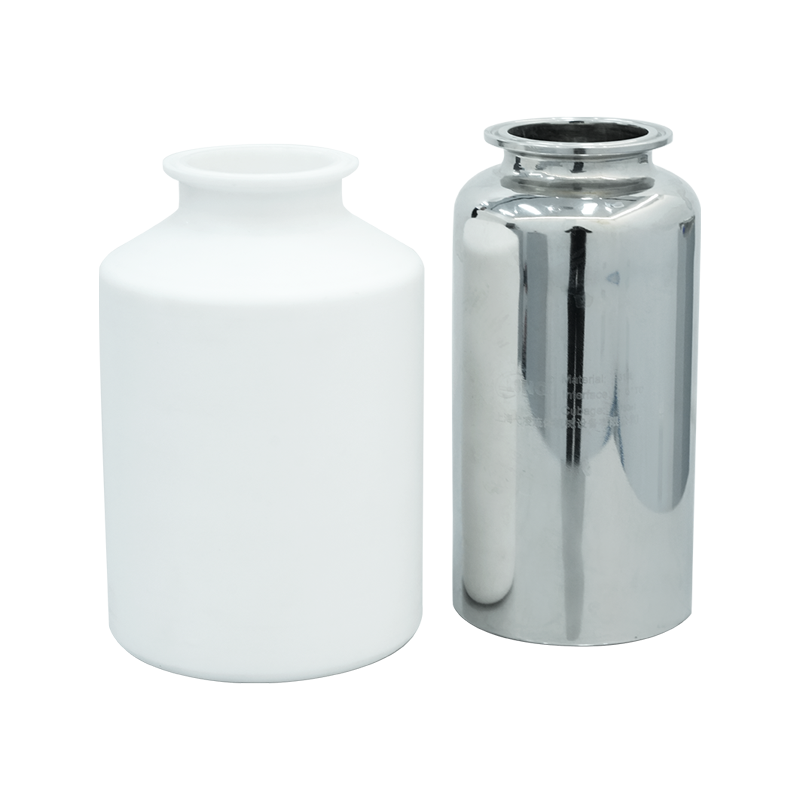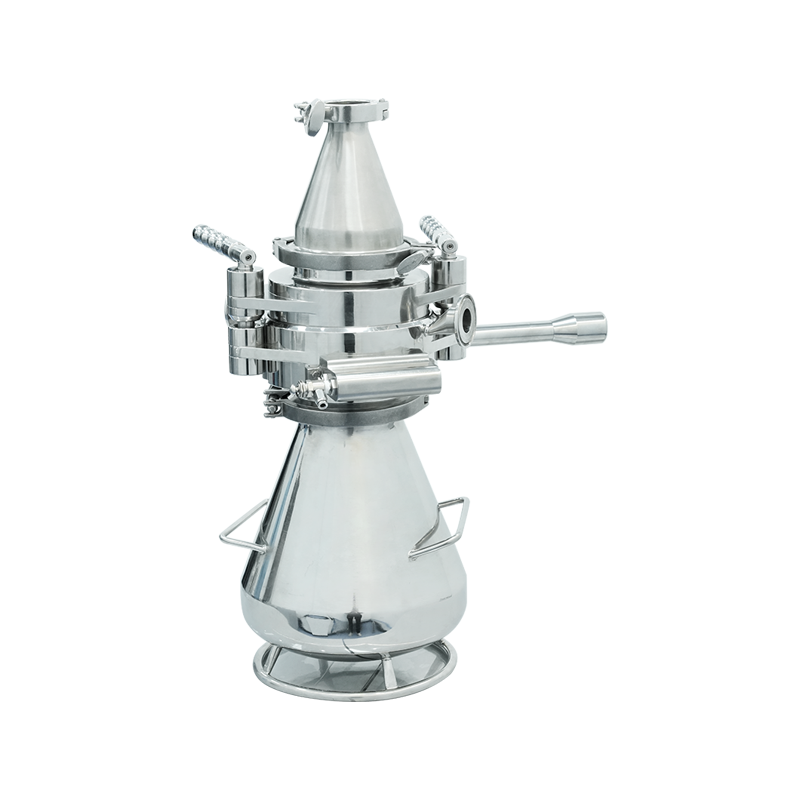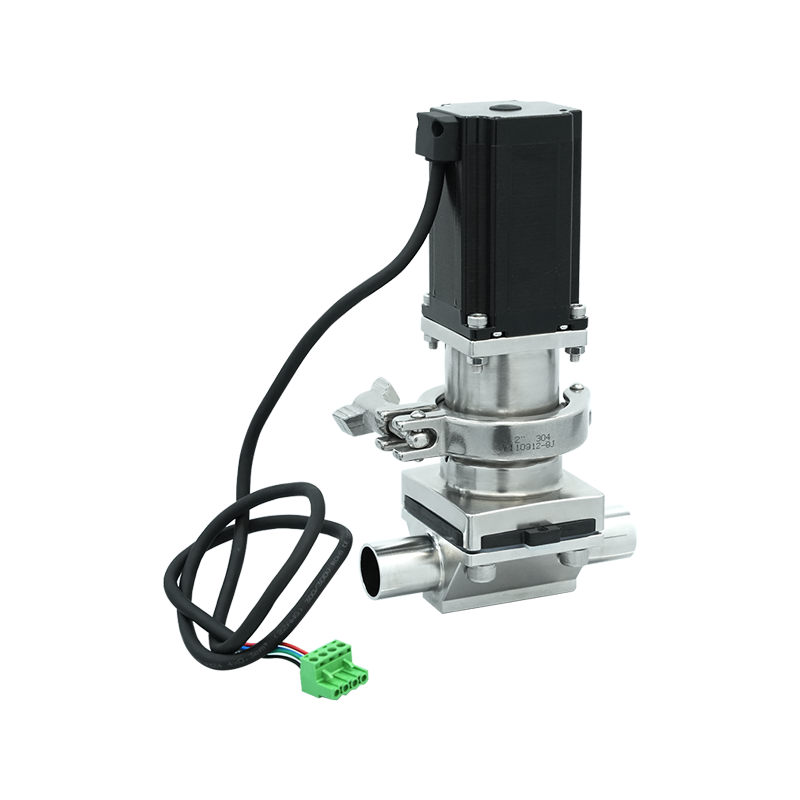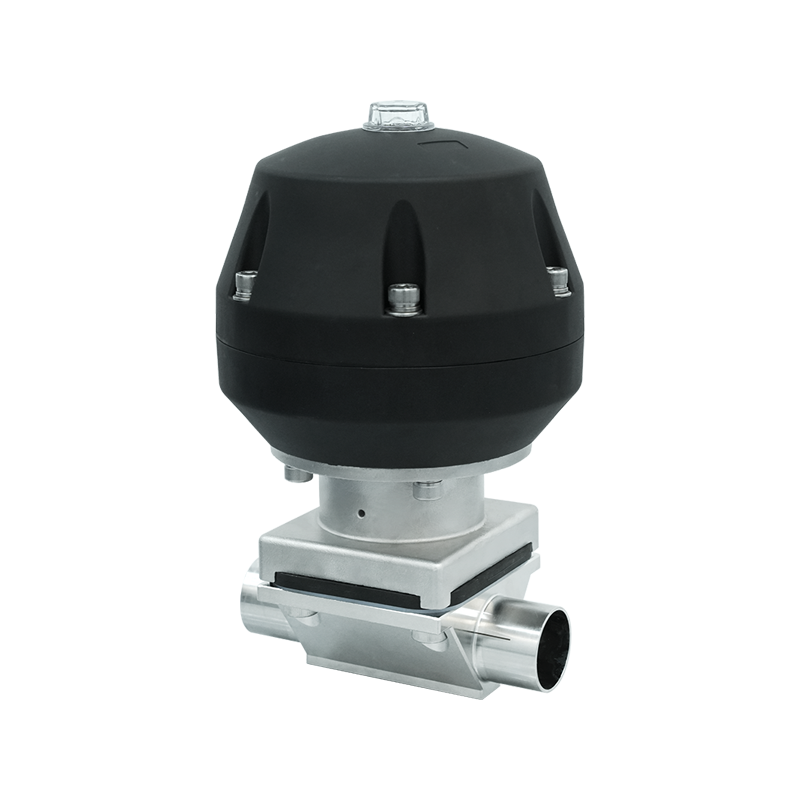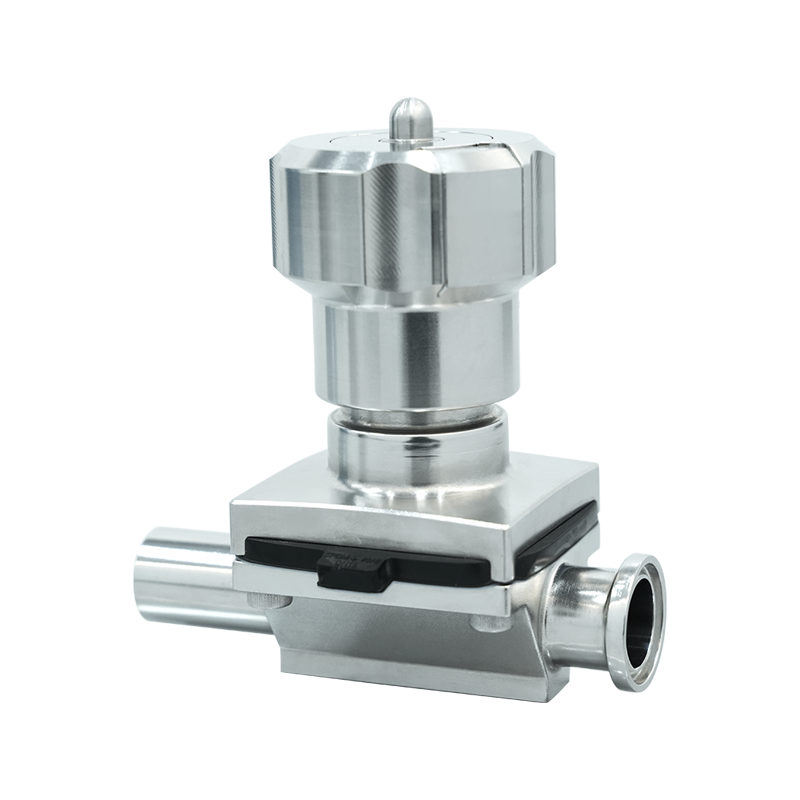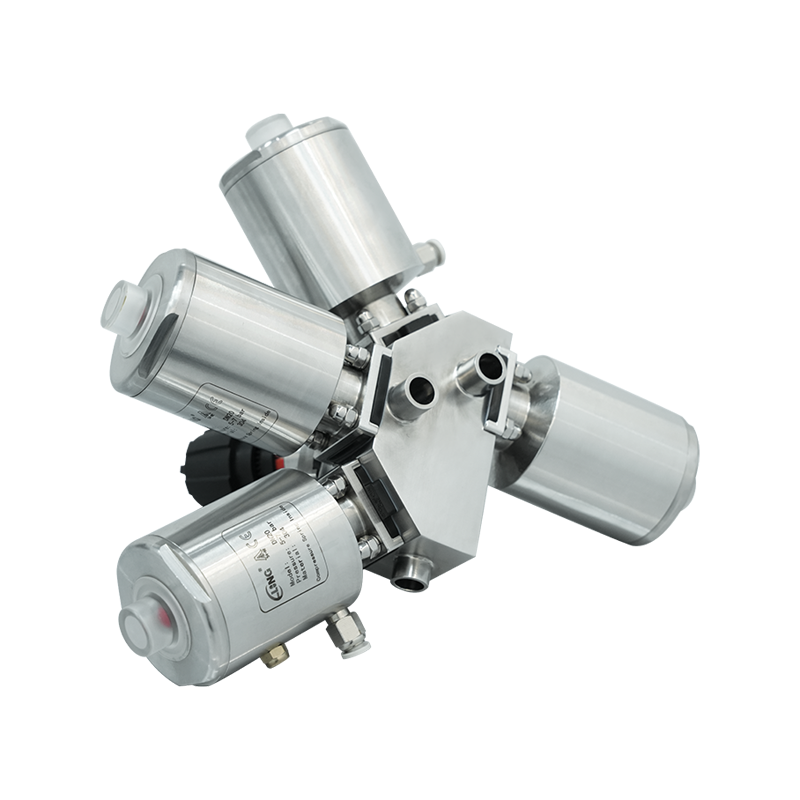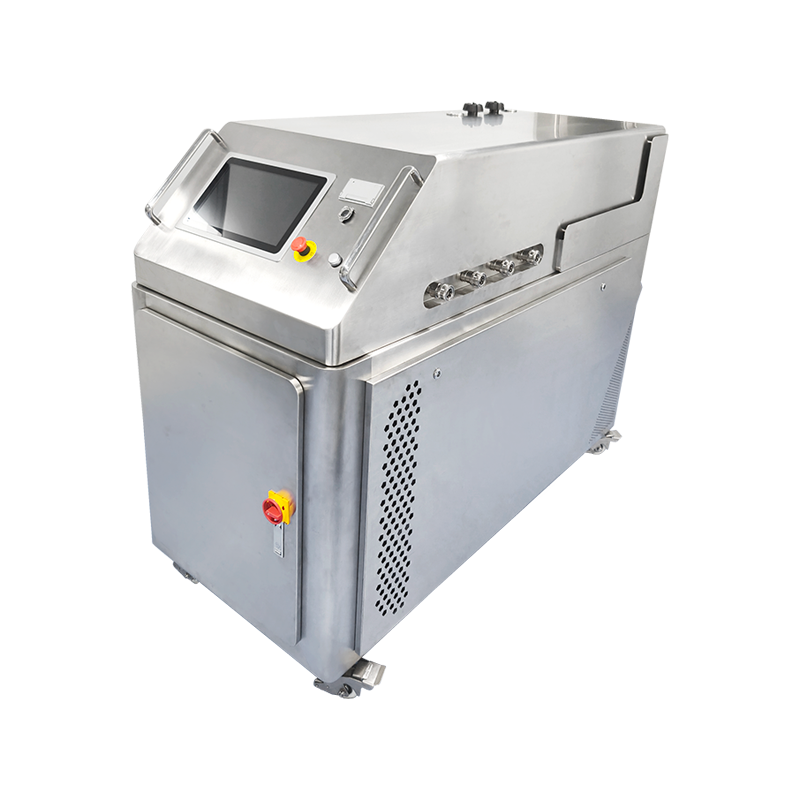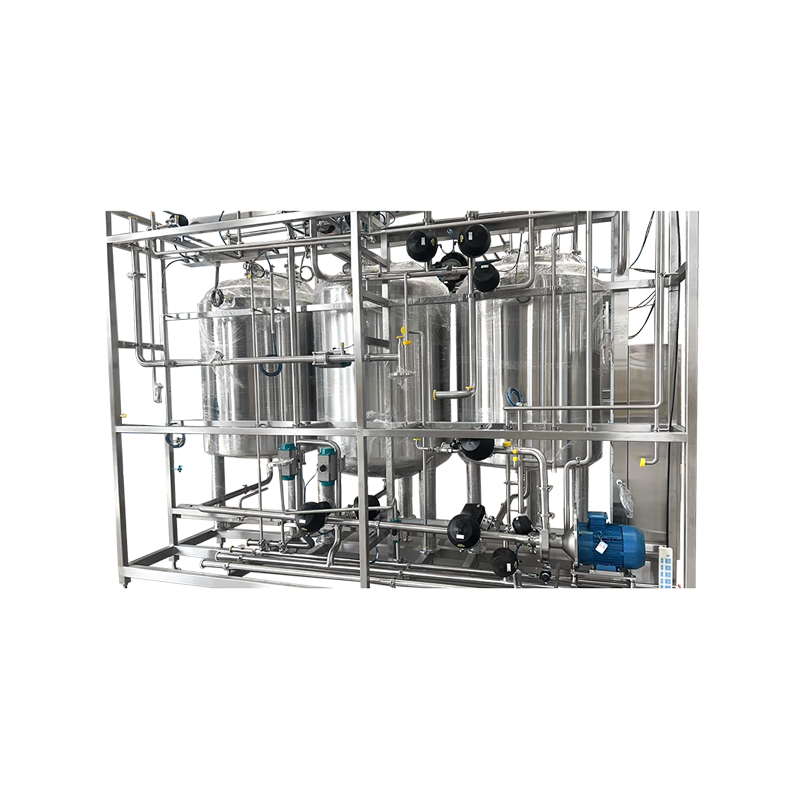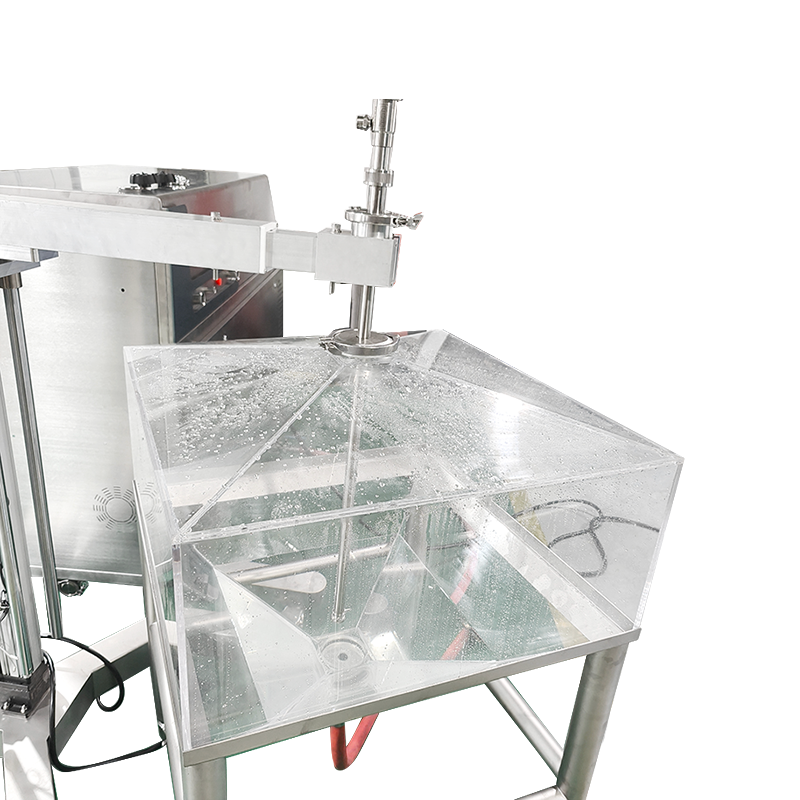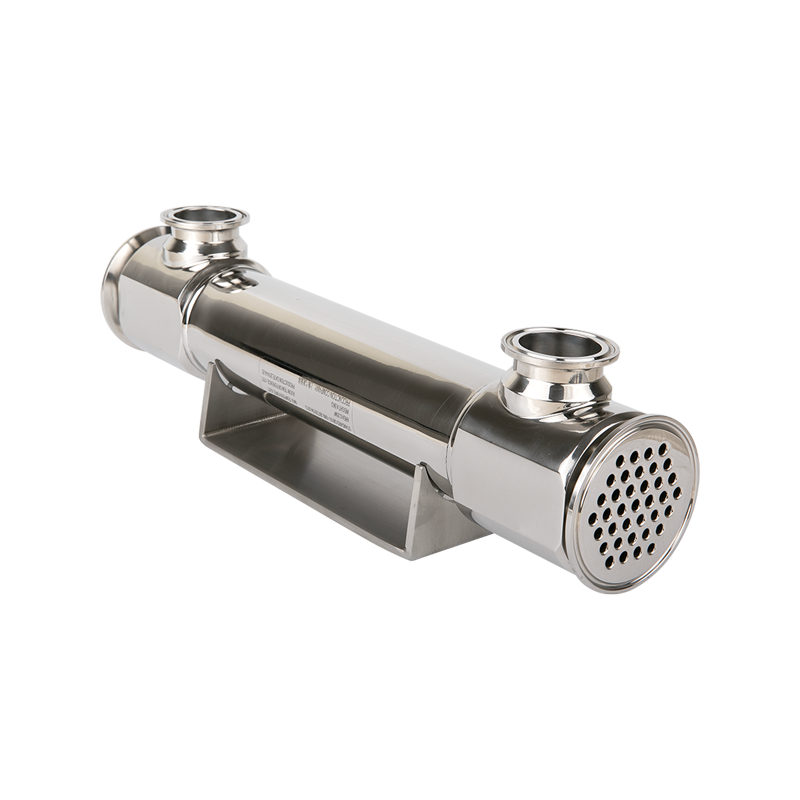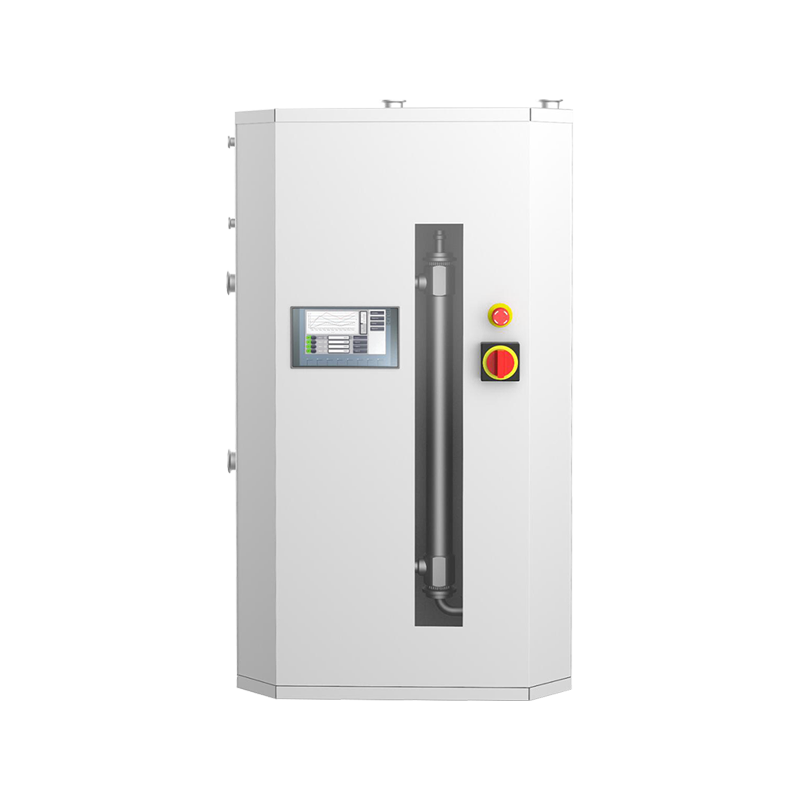In the pharmaceutical industry, it is crucial to ensure the purity and pollution-free of fluids (such as pharmaceutical raw materials, solvents, cleaning fluids, etc.) during the production process. For this reason, a valve specially designed for high-clean environments - the pharmaceutical diaphragm valve, has become an indispensable key component in various pharmaceutical systems. It not only has good sealing performance, but also can effectively prevent media contamination. It is widely used in various pharmaceutical production lines such as injections, oral liquids, and biological products.
The valve is usually made of stainless steel (such as 316L), food-grade EPDM or PTFE materials, and complies with many international pharmaceutical industry standards such as GMP, FDA, ASME BPE, etc., and is suitable for harsh working conditions such as high-temperature sterilization and CIP/SIP cleaning processes.
The core advantages of diaphragm valves
No dead angle design, easy to clean
The inner cavity of the valve body is smooth and has no residual space, which is suitable for frequent cleaning and sterilization, meeting the strict requirements of the pharmaceutical process for the hygiene level.
Zero contamination risk
The diaphragm completely isolates the drive mechanism from the medium, preventing metal parts from contacting drugs and preventing cross contamination.
Strong corrosion resistance
The materials are made of highly corrosion-resistant stainless steel and special rubber, suitable for a variety of acid and alkali solutions and organic solvents.
Excellent sealing performance
The elastic diaphragm can fit the valve seat tightly to ensure zero leakage operation and ensure system stability.
Simple operation and convenient maintenance
The structure is simple, with few parts, easy to disassemble, clean and replace, and reduce operation and maintenance costs.
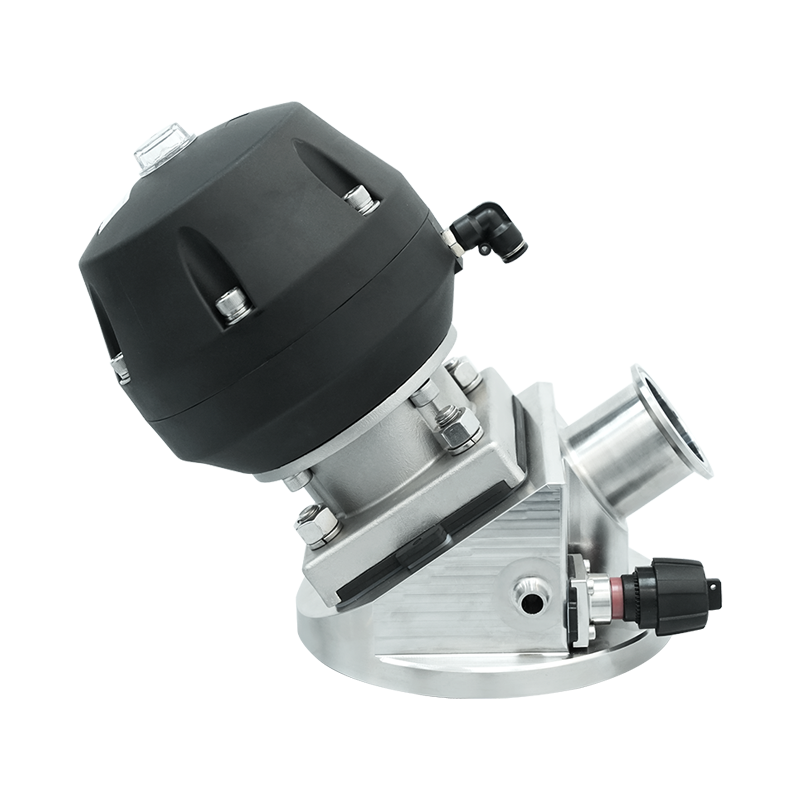
Strong adaptability
Supports manual, pneumatic, electric and other operation modes, and can be integrated into the automatic control system.
Main application areas
API production system: used for conveying reaction materials, catalysts, etc.;
Preparation workshop: control the flow of injections, oral liquids, syrups and other drugs;
Purified water/water for injection system (WFI/PW): ensure the sterility of the water quality system;
CIP/SIP cleaning system: used for precise control of cleaning fluid;
Biopharmaceutical equipment: supporting pipeline systems such as cell culture, fermentation tanks, centrifuges, etc.;
Laboratory and pilot equipment: fluid control unit in small-scale drug research and development.
As the pharmaceutical industry continues to improve product quality and production compliance, the Pharmaceutical Diaphragm Valve is gradually becoming a standard configuration in modern pharmaceutical engineering with its excellent hygiene performance, reliable operation and wide applicability.
In the future, with the advancement of intelligent manufacturing and continuous production, diaphragm valves will further develop in the direction of intelligence, modularization and higher cleanliness levels. Choosing a pharmaceutical diaphragm valve that complies with GMP specifications and has complete validation documents is not only the basis for ensuring drug safety, but also a key step for pharmaceutical companies to move towards high-quality development.






